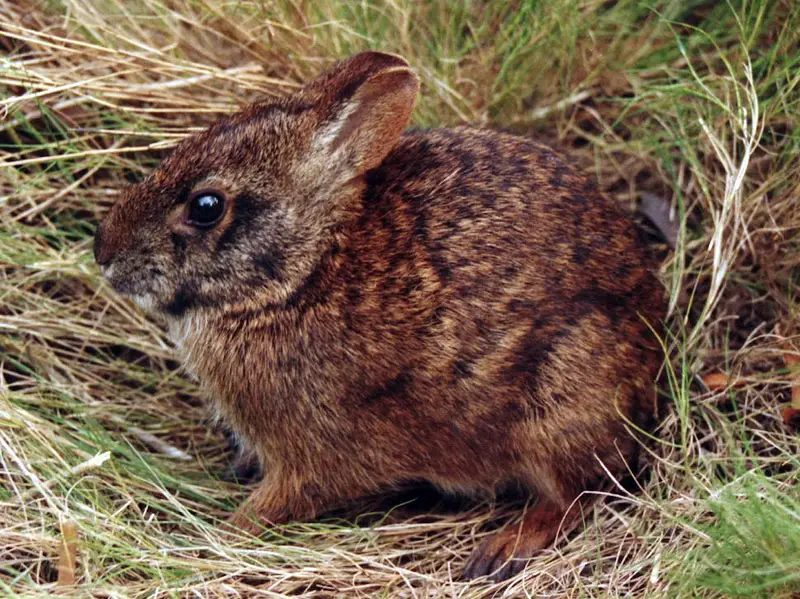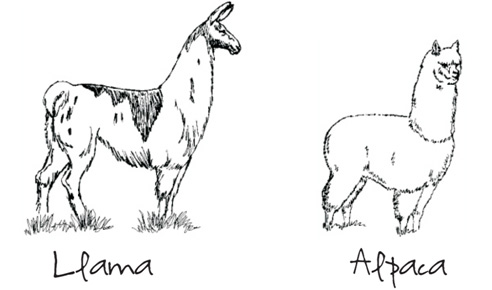Hippopotamus
Hippos are large plant eating mammals that live primarily in the Saharan areas of Africa.
The hippopotamus is what is known as a semi aquatic mammal.
He lives in the water during the daylight hours primarily to beat the high heat of the African habitat in which he lives.
They live in larger groups of animals, which may contain as many as 40 hippos.
They stay in the water to remain cool during the day and also mate and have their infants in the water.

Hippopotamus
At dark they leave the water to eat, grazing on grass and although they are very territorial, with bulls guarding the water territory, they do not seem to be territorial when on land.
Although they look a great deal like pigs, they are not in any way related to them. Surprisingly they are however related to whales and porpoises.
Hippos are among the most territorial and fierce of all mammals and can be dangerously aggressive when defending their territory or their group members.
Numerous individuals are bitten or killed by hippos each year in Africa.
The hippos, while not strictly endangered are threatened by habitat loss and poaching for the ivory found in their teeth.
Females will begin to breed at about 6 years old and 8 months after mating will give birth to one baby, although twins do occur. Baby hippos are born under water and as soon as they are born need to go to the surface to breath.

Hippopotamus Under Water
Baby hippos also nurse underwater but will also nurse while the mother grazes when they are on land. Baby hippos are born weighing between 60 and 100 pounds and will nurse for about 8 months after being born before they are begun to be weaned.
By one year of age they are usually weaned.
“The most recent population estimates suggest that there has been 7.20% decline in common hippo populations since 1994. The primary threats to the species are hunting for meat and ivory (found in the canine teeth) and habitat loss.
Illegal or unregulated hunting of common hippos is particularly high in areas of civil unrest. A recent field survey found that populations in DRC have declined more than 95% as a result of intense hunting pressure, during more than eight years of civil unrest and fighting.
Estimates of the amount of hippo ivory illegally exported have also increased, and its reliance on fresh water habitats, which them-selves threatened from water diversion and development, put the species in direct conflict with human populations.”
(Information provided by the 2006 UIN Red List)Hippos are large plant eating mammals that live primarily in the Saharan areas of Africa.
The hippopotamus is what is known as a semi aquatic mammal.

Hippopotamus
He lives in the water during the daylight hours primarily to beat the high heat of the African habitat in which he lives.
They live in larger groups of animals, which may contain as many as 40 hippos.
They stay in the water to remain cool during the day and also mate and have their infants in the water.
At dark they leave the water to eat, grazing on grass and although they are very territorial, with bulls guarding the water territory, they do not seem to be territorial when on land.
Although they look a great deal like pigs, they are not in any way related to them. Surprisingly they are however related to whales and porpoises.
Hippos are among the most territorial and fierce of all mammals and can be dangerously aggressive when defending their territory or their group members.
Numerous individuals are bitten or killed by hippos each year in Africa.
The hippos, while not strictly endangered are threatened by habitat loss and poaching for the ivory found in their teeth.
Females will begin to breed at about 6 years old and 8 months after mating will give birth to one baby, although twins do occur. Baby hippos are born under water and as soon as they are born need to go to the surface to breath.

Baby Hippopotamus
Baby hippos also nurse underwater but will also nurse while the mother grazes when they are on land. Baby hippos are born weighing between 60 and 100 pounds and will nurse for about 8 months after being born before they are begun to be weaned.
By one year of age they are usually weaned.
“The most recent population estimates suggest that there has been 7.20% decline in common hippo populations since 1994. The primary threats to the species are hunting for meat and ivory (found in the canine teeth) and habitat loss.
Illegal or unregulated hunting of common hippos is particularly high in areas of civil unrest. A recent field survey found that populations in DRC have declined more than 95% as a result of intense hunting pressure, during more than eight years of civil unrest and fighting.
Estimates of the amount of hippo ivory illegally exported have also increased, and its reliance on fresh water habitats, which them-selves threatened from water diversion and development, put the species in direct conflict with human populations.” (Information provided by the 2006 UIN Red List).



I love Hippoptomamis they are so cute
People that don’t like Hippopotamuses are so mad!